Modi Govt to sale the Ashok hotels, know full list of hotels centre which are likely to be sold
By Lokmat English Desk | Published: December 13, 2021 05:23 PM2021-12-13T17:23:55+5:302021-12-13T17:24:35+5:30

While presenting the budget for the current financial year, the Modi government at the Center had announced to raise crores of rupees through disinvestment. After the privatization and sale of railways and government companies, now the Modi government has shifted its focus to hotels.
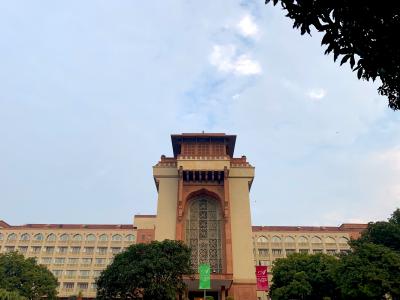
The Modi government will soon lease five-star hotels in the country's capital to private companies. All these hotels are expected to be offered on a 60-year contract. The government has taken this step under the Asset Monetization Program.

Approval from the cabinet may also be sought in this regard. It is a public undertaking coming under the Tourism Development Corporation of India Limited (ITDC) under the Ministry of Tourism.
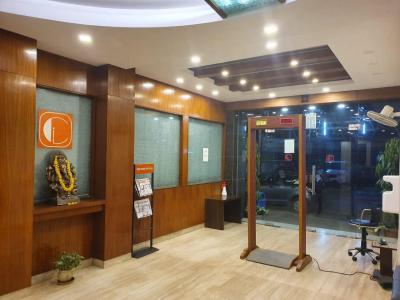
The ITDC's assets include Ashok Group's four hotels, four joint-venture hotels, seven transport companies providing travel and tourism facilities, 14 free shops at the port, and four catering centers.
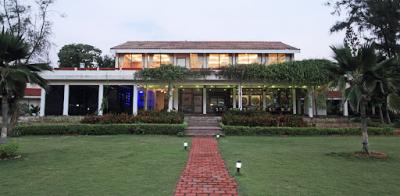
Under the monetization scheme, ITDC will sell a stake in Ranchi-based Hotel Ranchi Ashok and Hotel Neelachal in Puri. Hotel Ashok in Delhi will be leased out, while Hotel Samrat will be handed over to nearby companies under an operation and maintenance agreement.
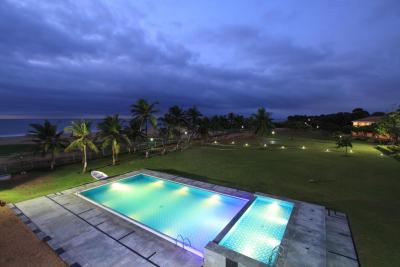
The Ashok Hotel in Pondicherry will be leased out. It is also said that the Operation and Maintenance (O&M) model will be adopted for Hotel Kalinga Ashok in Bhubaneswar and Jammu Ashok Hotel.
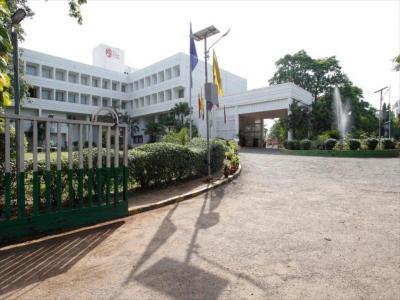
It is also said that ITDC will be privatized with the ownership of the Sahib Hotel in Anandpur. The government is planning to launch all the eight hotels in ITDC between the financial years 2021-22 and 2024-25.

According to the NMP document, under this, long-term leasing, disinvestment, long-term OMT contract model can be considered. According to the document, Ashok Group's hotels under ITDC are the main hotel chain.

Their brand value has evolved over the last 40-50 years and has remained a central platform for all government programs organized by various ministries and public sector organizations.























